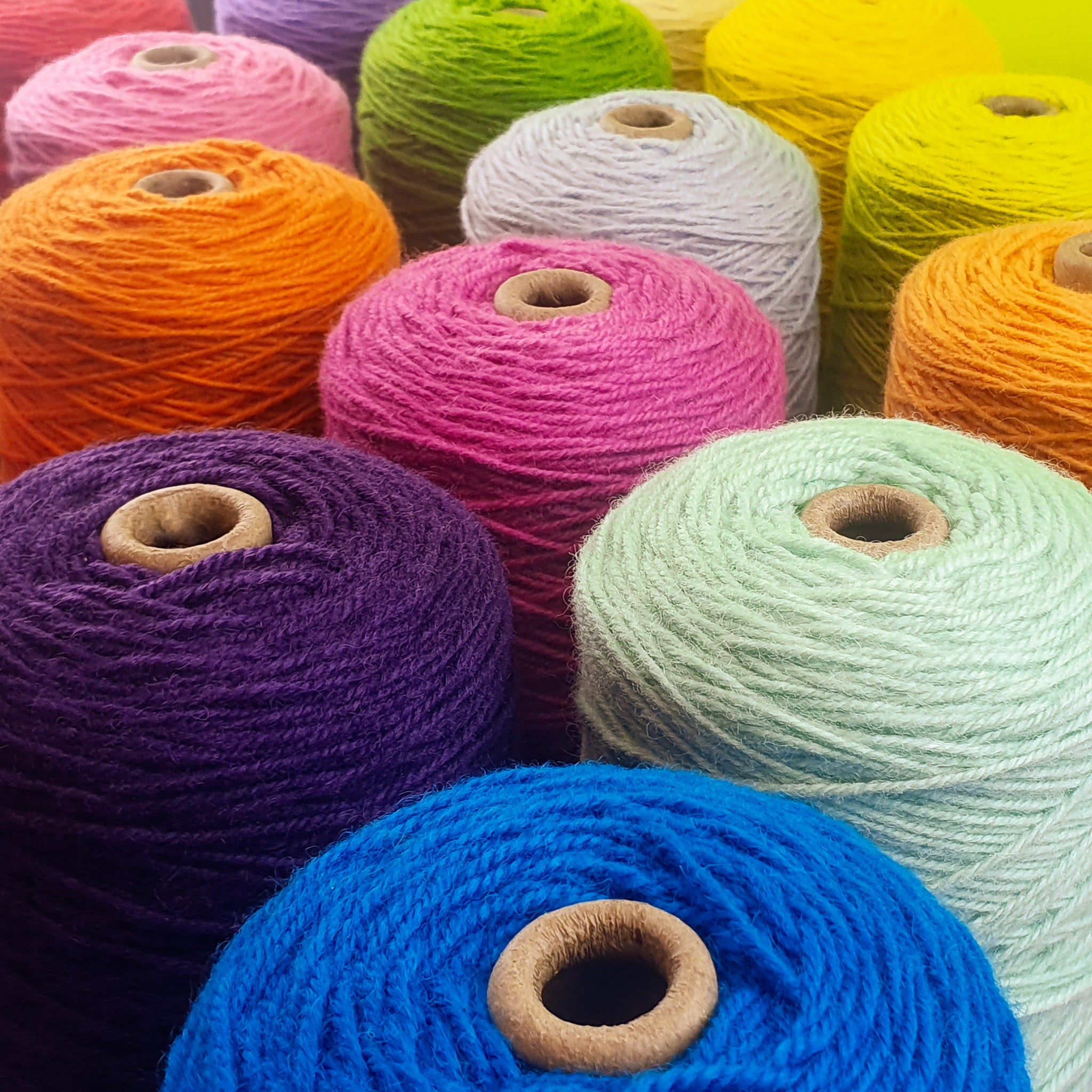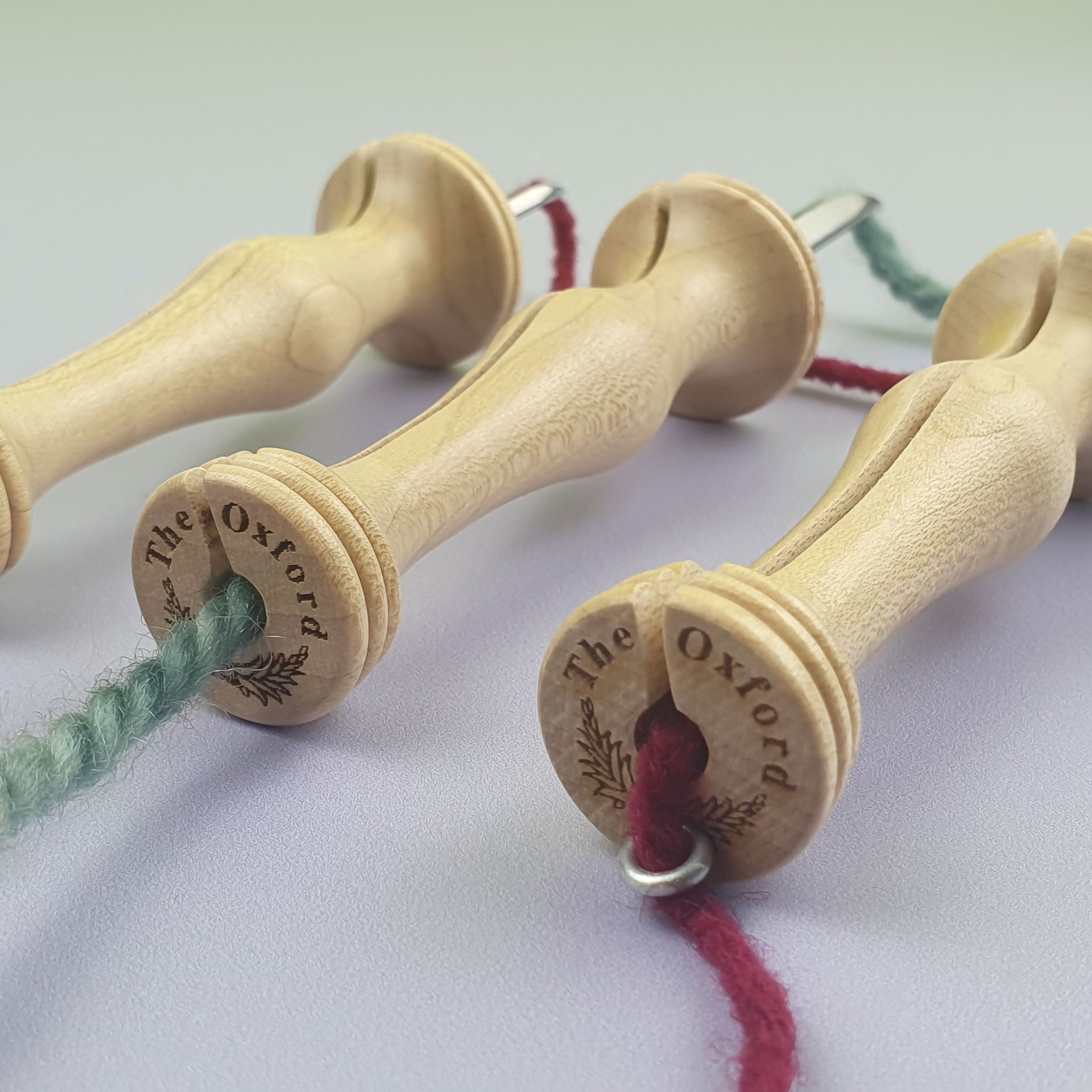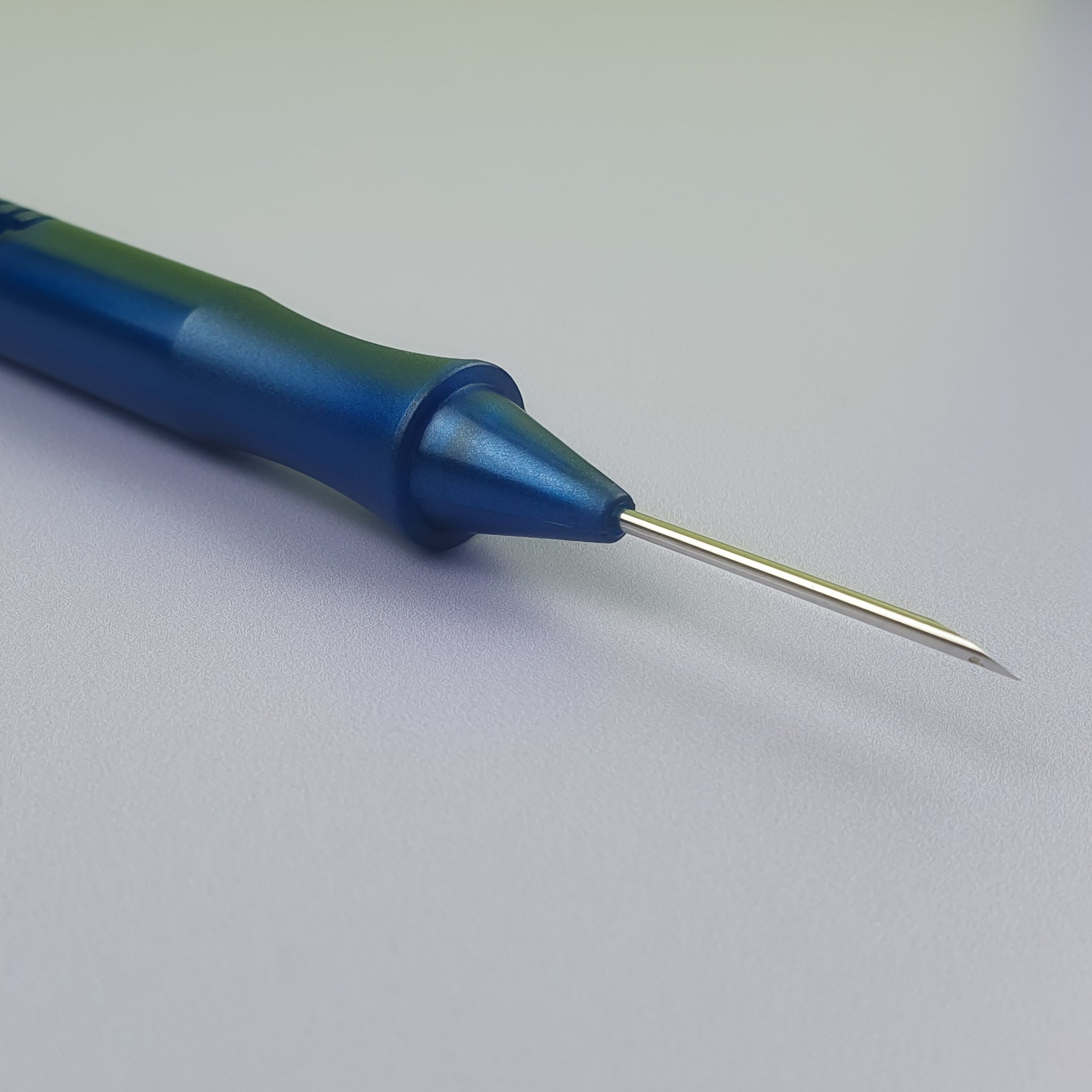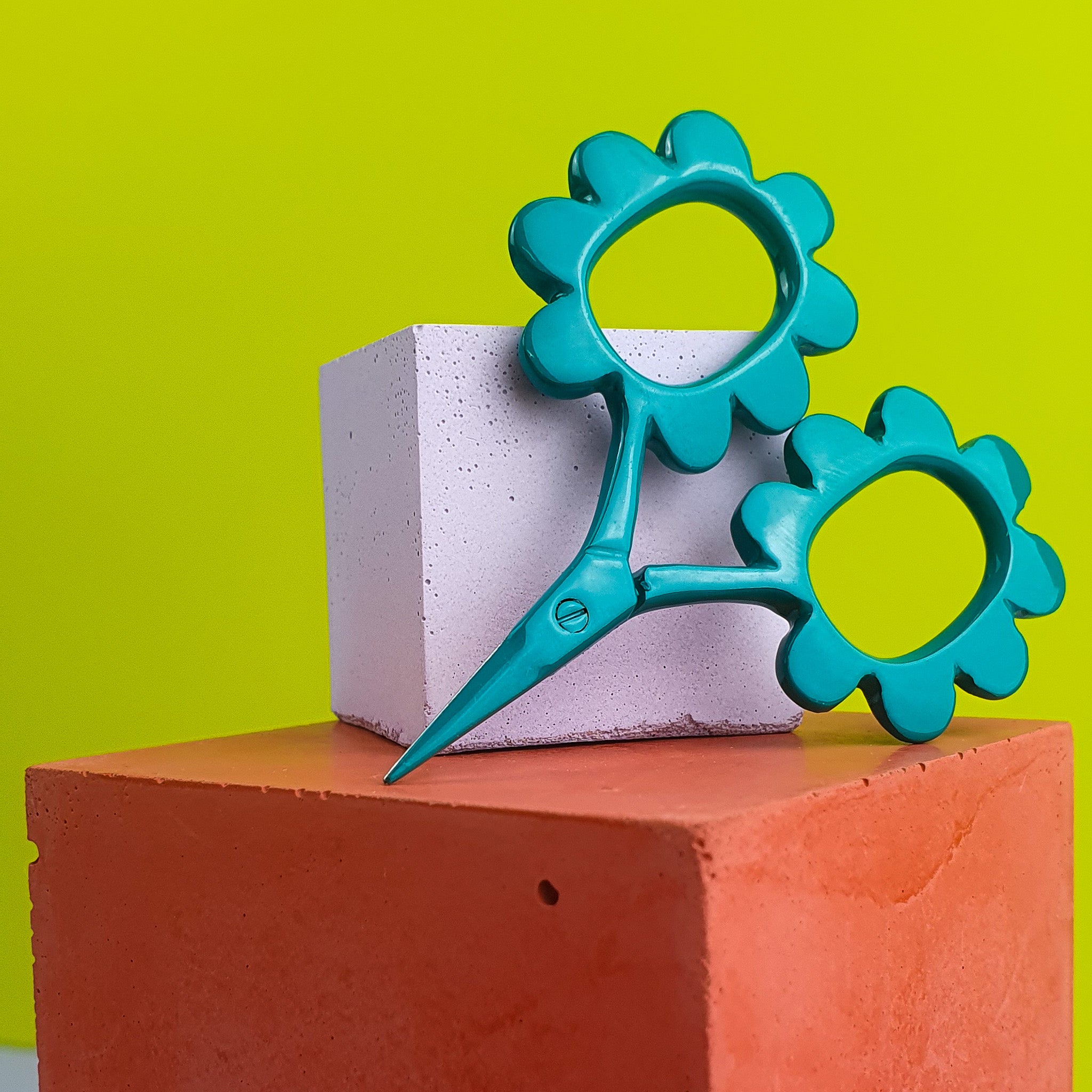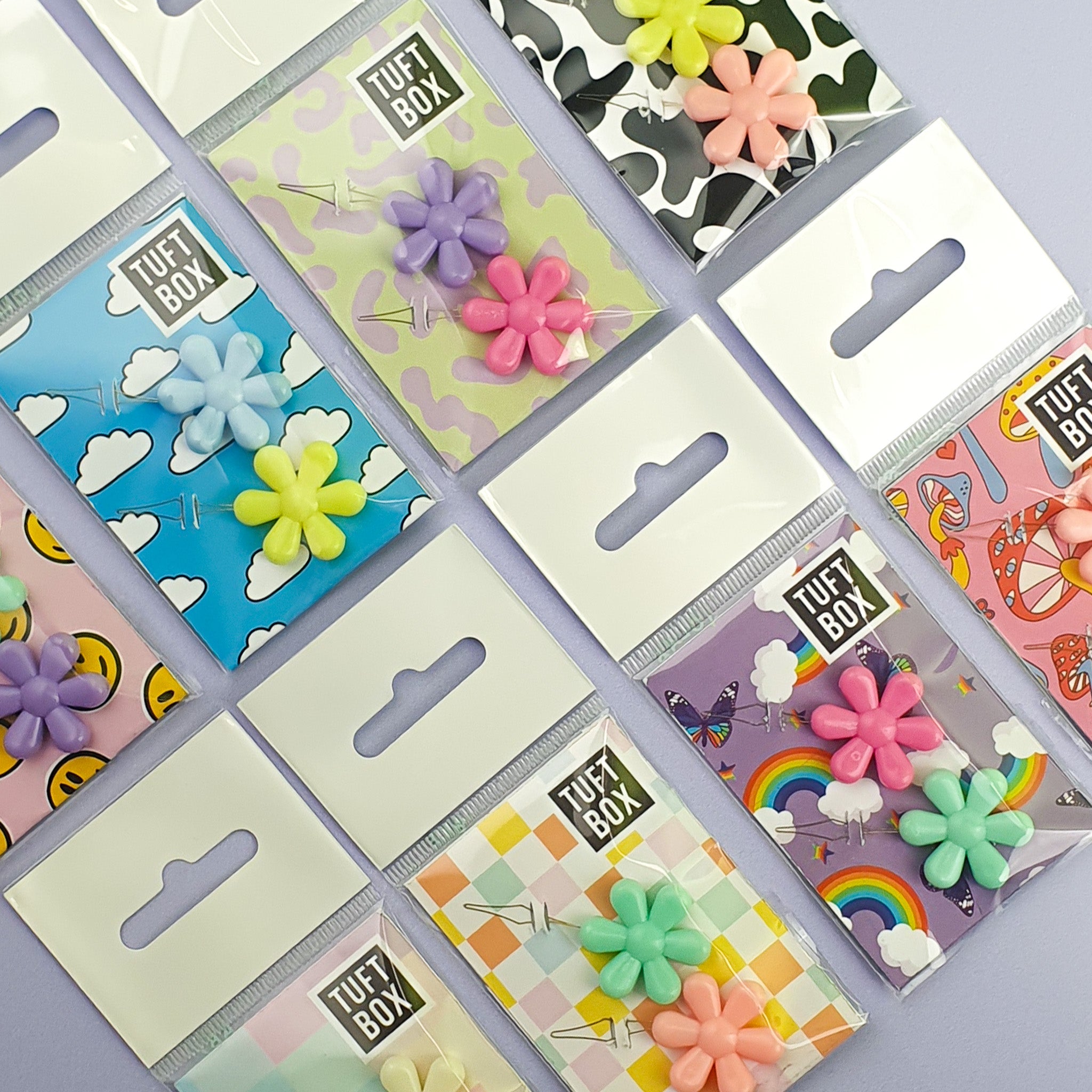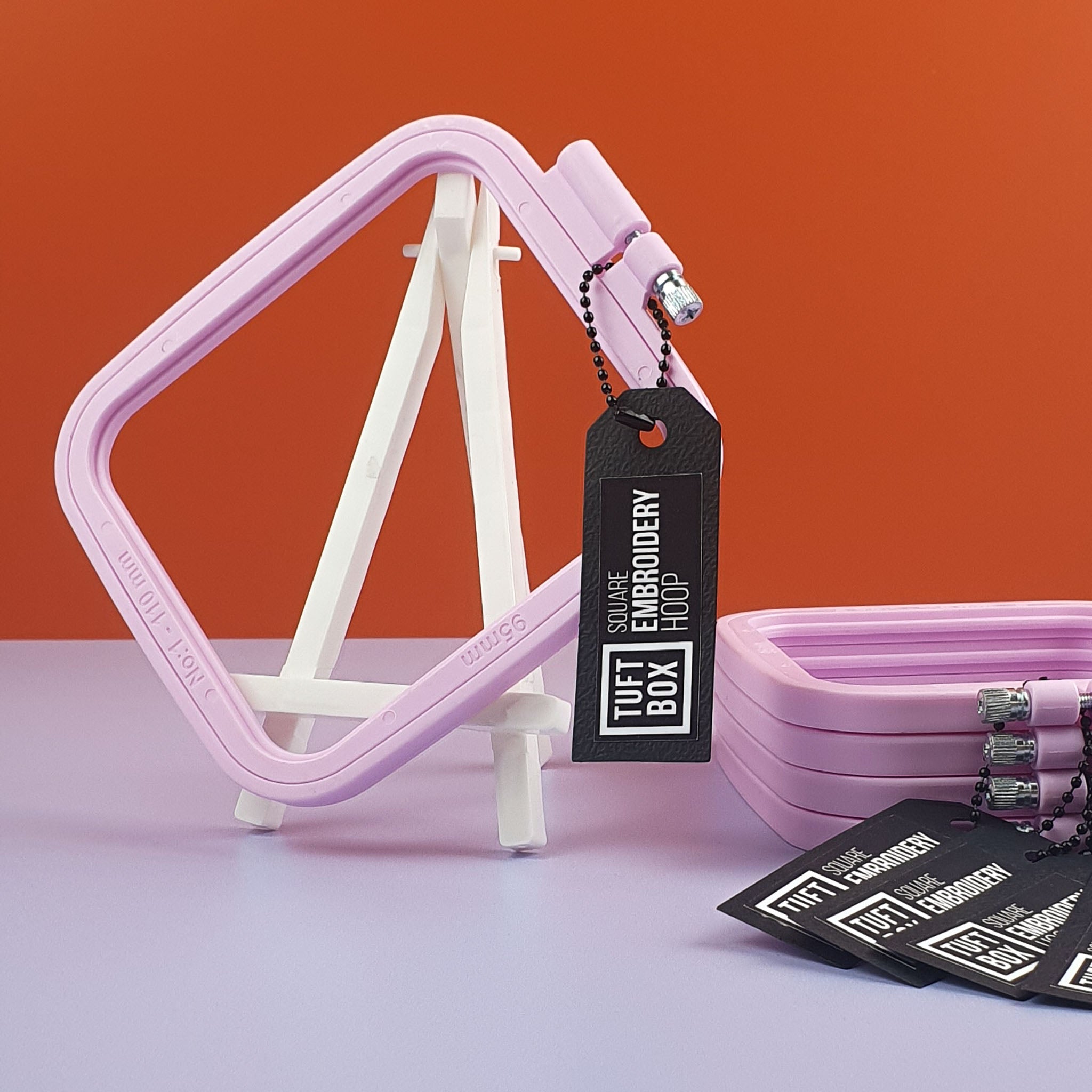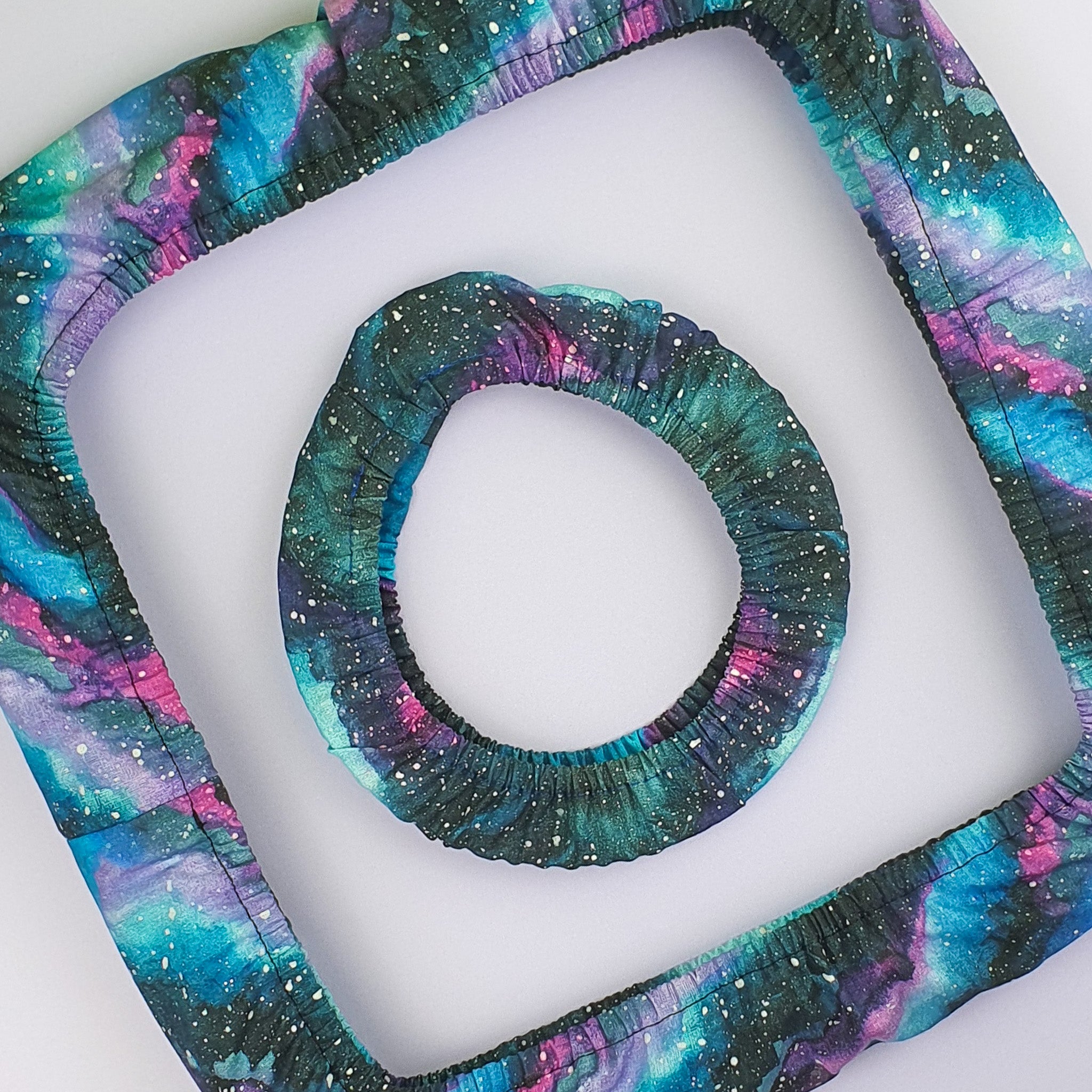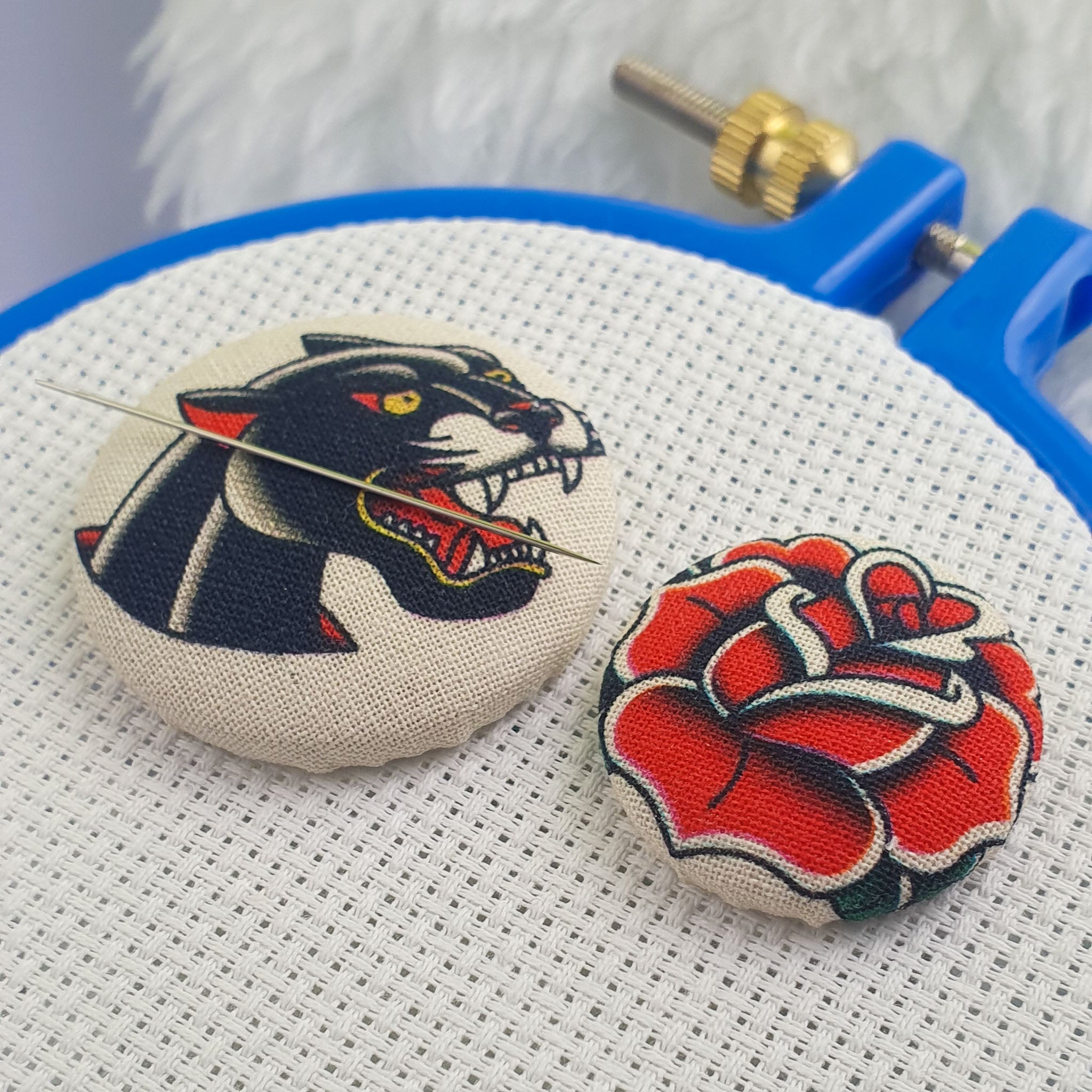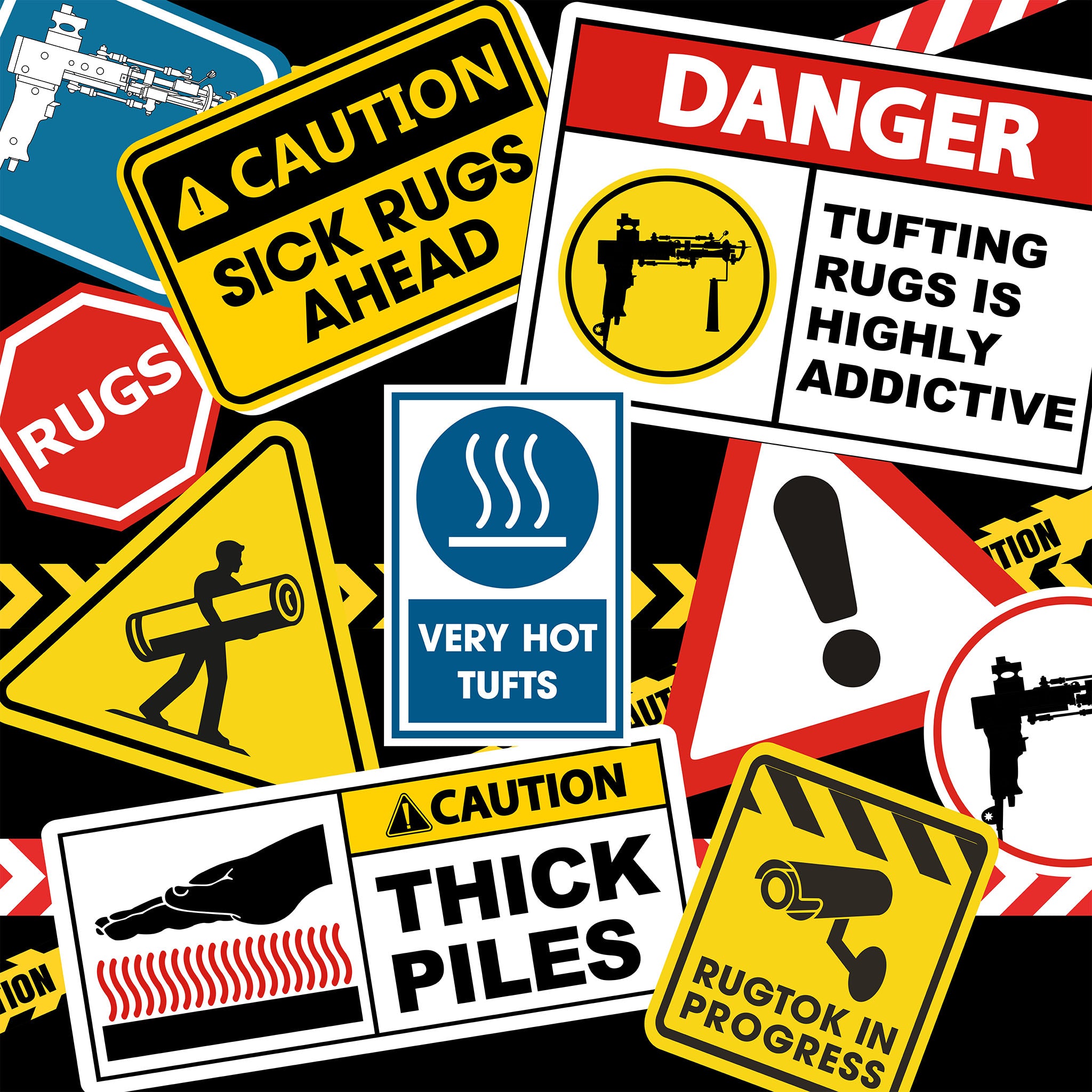One of the first decisions you’ll make as a tufter is whether you want to create cut-pile or loop-pile tufts. It's vital to understand the differences between cut and loop as not all tufting machines can do both styles. This 5 minute guide will teach you everything you need to know about cut and loop pile tufting including:
- How the tufting machine makes the cut or loop
- What each style looks like
- What designs work best for each style
- The differences between the styles and their unique features
- How to choose a tufting machine for the style you want to tuft
At the end of the guide, aspiring tufters will feel more confident in deciding which tufting machine is right for them - cut, loop or both!
If you are a beginner or a more experienced tufter, you will learn something new about what designs work best for cut or loop and how the styles can influence the colours of your tuft. You’ll also gain a deeper understanding of the technical benefits and functionality of each style.
What is loop pile tufting?
A tufting machine uses a mechanical needle that pushes yarn through a primary fabric. In loop-pile tufting, the machine punches the yarn through the tufting fabric in a continuous cycle, leaving loops of yarn.

What does a loop pile rug look like?
The loop-pile technique produces rugs with a knobbly surface texture. The loops rarely sit uniformly and instead nestle between each other to form a texture of rustic and organic shapes. These playful forms add visual intrigue and depth to the tuft.

Loop pile rugs tend to be a lower density pile, this means the yarn is not as tightly packed in. This creates a soft darkness towards the base of the rug pile, while the loops on the surface reflect more light, giving a brighter appearance. This subtle juxtaposition of light and dark produces stunning contrasts and dimensionality in loop pile tufting.
What designs work best for loop pile tufting?
Loop-pile techniques are a fantastic choice if you are looking to play with form, colour or texture in your tufting. Loop pile particularly complements designs of contemporary, organic and abstract shapes or solid colour rugs where the yarn is the focal point of the design.
What is cut pile tufting?
So you’ve learned about loop pile tufting, where the tufting machine punches a strand of yarn through the fabric in a continuous cycle. Cut pile tufting works in exactly the same way except the yarn loops are cut, leaving individual yarn tufts. This results in an upright pile with both ends of the yarn exposed.

What does a cut pile rug look like?
Cut pile is the most popular style for carpets and tufted rugs around the world so it’s likely that you either have a cut-pile carpet or rug in your home today or you’ve seen one very recently! Unlike the knobbly, bumpy texture of loop pile, cut pile is characterised by a more uniform flat surface that has a thick fluffy texture.

Cut pile rugs tend to have a high density pile, where the individual tufts of yarn are packed in tightly together. This myriad of cut fibres creates a plush and velvety surface. The exposed ends of the fibres can range from lush and smooth or fluffy and fuzzy depending on the choice of yarn.
What designs work best for cut pile tufting?
Cut-pile tufting is extremely versatile and works well for a wide range of artistic designs. Here are a few styles for you to consider:
- Designs that focus on colour play such as; solid colours, tone-on-tone, variegated, abstract or subtle gradients.
- Geometric, avant-garde or modern art designs characterised by bold shapes, crisp lines or repetitive patterns.
- Designs that play with dimension and depth which can be achieved through varying the height of the pile during tufting or through carving into the rug. This works especially well for organic shapes, free-form designs and abstract art.
- Contemporary and graphic art designs, such as patterns, motifs, characters, bold typography and illustrations.
What are the differences between cut pile and loop pile rugs?
Alongside the two styles having distinct appearances, cut pile and loop pile tufts also have differences in how easy they are to work with and differences in their functionality and performance as an end product.
The table below summarises the benefits and disadvantages of each style.
| Cut-Pile | |
| Pros |
* 🐸 Frogging refers to the act of pulling out or undoing a project, usually when a mistake is made. To frog a tuft means to pull out a section of yarn and re-tuft the area. The term is a playful reference to the sound a frog makes (rip it, rip it!) |
| Cons |
|
| Loop-Pile | |
| Pros |
|
| Cons |
|
Can a tufting gun do both cut and loop pile rugs?
Some tufting machines can do both cut and loop pile techniques while others can only achieve one style of tufting:
- Loop-pile machines - punch yarn through the tufting fabric in a continuous cycle. Do not have scissors or a blade to cut the yarn. Often are the cheapest tufting guns on the market. A popular model is the AK-II.
- Cut-pile machines - punches the yarn and cuts the fibres. Feature scissors or a blade that cannot be disabled. The most popular type of tufting machine and mid-range in terms of price. A popular model is the AK-I.
- Dual machines - these tufting guns can perform both cut and loop pile tufting. Feature scissors or a blade for cutting yarn that can be removed or disabled to move the machine to a loop pile mode. Typically more expensive than dedicated cut or loop pile machines. A popular model is the AK-Duo (“The Duo”).
Can i shave or cut a loop pile rug?
Technically yes! You can manually cut each yarn loop or shear the surface of a loop pile rug to expose the ends of the fibres. Depending on the tools you have available this can be a time-consuming process and will result in an inconsistent pile. You will get much better results through using a cut pile tufting gun.
Where can I buy a cut pile tufting machine in the uk?
Tuftbox specialises in cut-pile tufting guns and stocks the popular AK-I Cut Pile Tufting Machine. Cut pile machines are the top choice for over 90% of tufters, and for good reason! They are easy to master, they make tufts that both look and feel great and they are a more affordable option than dual-gun alternatives.

Summarising Cut Pile vs. Loop Pile
Although the choice might have seemed impossible at first, you should now be feeling much more confident about making the decision between whether you want to create cut-pile tufts, loop-pile or whether you want to tuft them all!
Happy Tufting!
If you enjoyed this article you'll also like the next guide in the series: Demystifying Tufting Piles: Exploring Low, High, and Shaggy Tufts
Didn’t find what you were looking for? Check out Tuftbox’s comprehensive FAQs for even more guides and the best tips and tricks for tufting.



